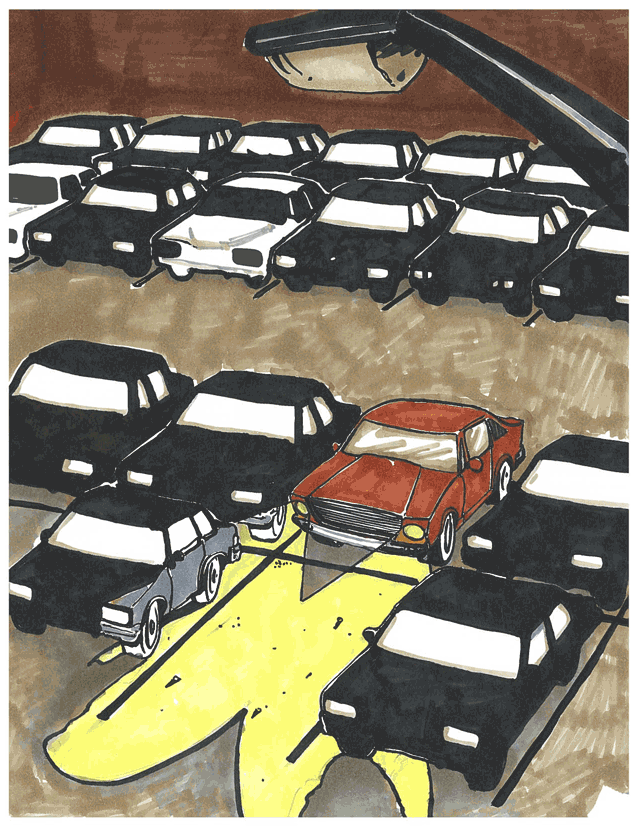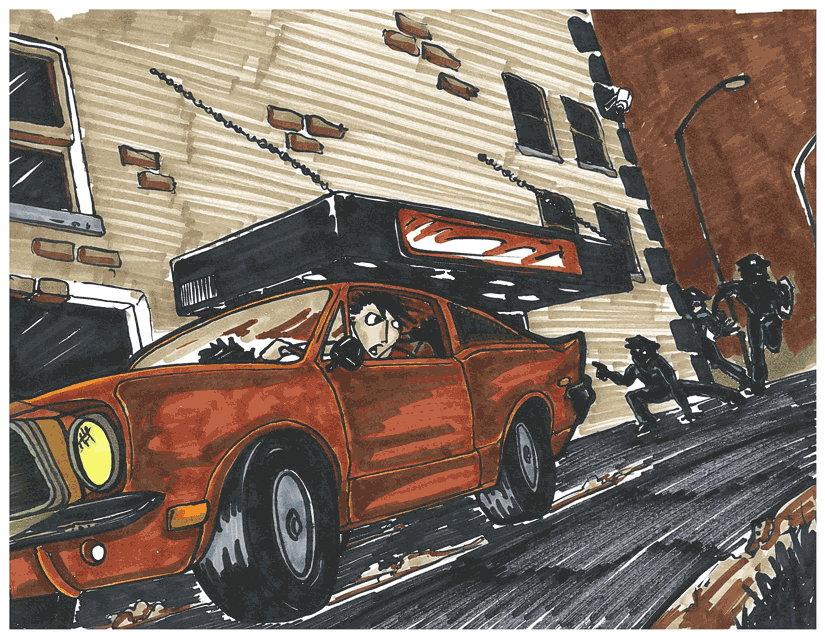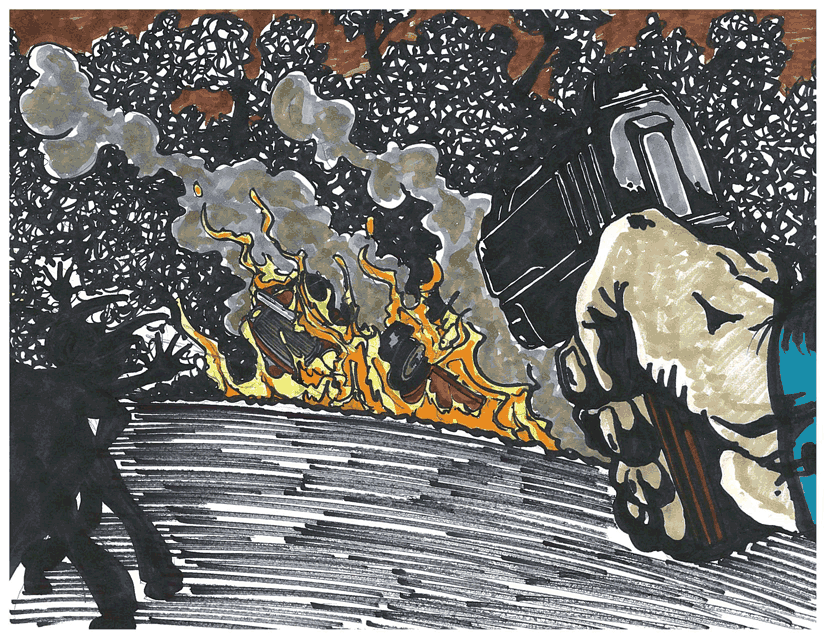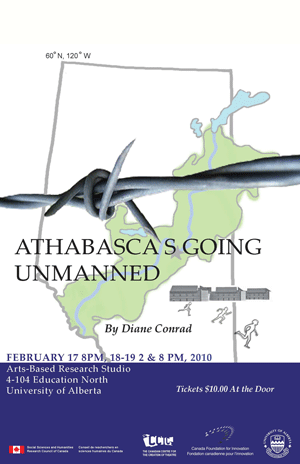
Following the three years of applied theatre research with the youth, the play writing process occurred from January 2009 to January 2010. The sources drawn on for creating the ethnodrama included researcher/facilitator field-notes and journals recording and reflecting upon participant
observations of the day-to-day lives of the youth within the context of incarceration – notes on
what the youth said and the interactions amongst the group members, as well as notes and
reflections on the processes of the creative work together; along with all of the artefacts from
three years of applied theatre work together including: youth devised drama scripts, transcribed
stories, poems, digital photographs, digitally manipulated photos, digital stories, drawings, other
visual art/craft works, and video recordings of dramas and other activities.
The writing process, with the assistance of a professional dramaturge, professional and youth 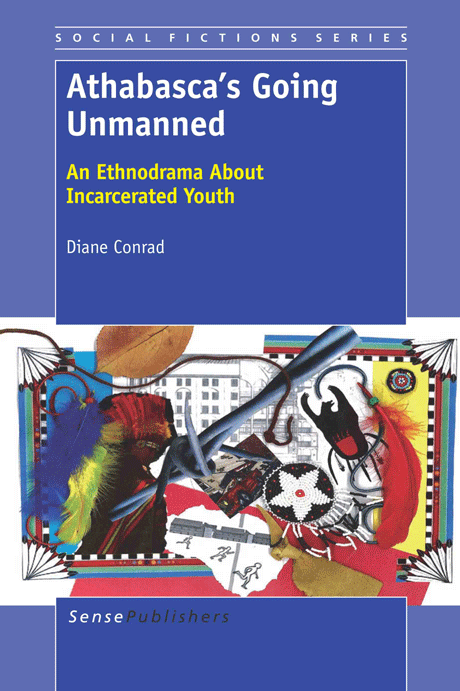
consultants involved eight drafts of the play script. The play was work-shopped and produced
in February 2010 in collaboration with the University of Alberta’s Department of Drama, Canadian
Centre for Theatre Creation, involving a professional director, a cast of six professional actors,
and a crew of five including a professional stage manager and designer, as well as a fight director
and video director.
Plot synopsis
Athabasca’s Going Unmanned, set in a youth offender jail in Alberta, Canada tells the story of
three incarcerated youth and the corrections staff who work with them. Focusing on an escape
plot hatched by the youth, through video projection and live performance, the play addresses
the research questions by examining the needs of the youth and the prospects for offering them
programming with transformative potential.
The action begins on Val’s (Caucasian female) first day at her new job as the Program Director
at the facility and spans over a two and a half month period. A week prior to Val’s first day, a young
man Randy (Métis male) was admitted to the facility, charged with assault, awaiting trial. Other
longer term inmates include Wesley (Cree male), in jail for matricide, and Stan (Caucasian male),
a repeat offender. Other staff, whom we meet, include Eileen (Cree female), who Val hires to run
the Native and Drama programs, and Jim (Caucasian male), another corrections staff member.
While the story progresses linearly for the most part, it jumps in time so we see only fragments of
action. Interspersed throughout the play, disrupting the plots linearity, are scenes in video – nine in
all including a prologue and epilogue – projected on a screen. These video scenes are alternative
endings to the play – representations of the characters’ fantasies or fears in relation to a potential
escape plan that is the driving force of the play’s action. The escape plan is initiated by the boys –
primarily Wesley, but in which all the characters (except Jim) become implicated. Whether the escape
plan is real – actually executed, successful or failed, performed or imagined remains ambiguous.
In Boal’s forum theatre style, the forward movement of the plot ends at a high point of action without
resolution – a moment of crucial decision-making regarding the escape plan, on the parts of the play’s
main protagonists, Val and Randy. The alternative endings interspersed throughout are offered as possible
outcomes to the potential choices the characters make – again, similar to forum theatre where various
strategies are tried out in search of alternative solutions to the problem presented. In this case, audience
members are called upon to make sense of the ending for themselves. This deliberate ambiguity draws
attention to the multiple performative possibilities and highlights opportunities for doing things.
Edmonton Journal February 19, 2010
Alberta Native News February 2010
Edmonton Examiner February 10, 2010
Express News February 12, 2010
Conrad, D. (accepted). The lives of incarcerated youth in Athabasca’s Going Unmanned. In G. Belliveau & G. Lea
(Eds.)Research-based theatre as methodology: An artisticapproach to research. Bristol, UK: Intellect. (16 pgs.)
Conrad, D. (2011) Athabasca's going unmanned: An ethnodrama about incarcerated youth. Rotterdam,
The Netherlands: Sense Publishers.
Preview available: https://www.sensepublishers.com/files/9789460917745PR.pdf
Conrad, D. (February, 2010). Athabasca’s Going Unmanned, [Play production]. Centre for Theatre Creation,
Department of Drama, University of Alberta. Edmonton, AB.
Conrad, D., McCaw, K. & Gusul, M. (2009). Ethnodramatic playwriting as collaborative work. In W. Gershon
(Ed.) Working together in qualitative research: A turn towards the collaborative (pp. 165-184). Rotterdam,
The Netherlands: Sense Publishers.
Stan's Comic from the 2010 production of Athabasca's Going Unmanned. Artist: Mark Jenkins.
